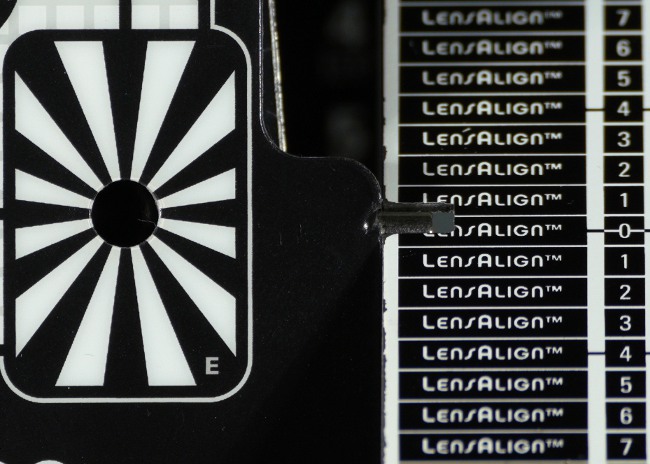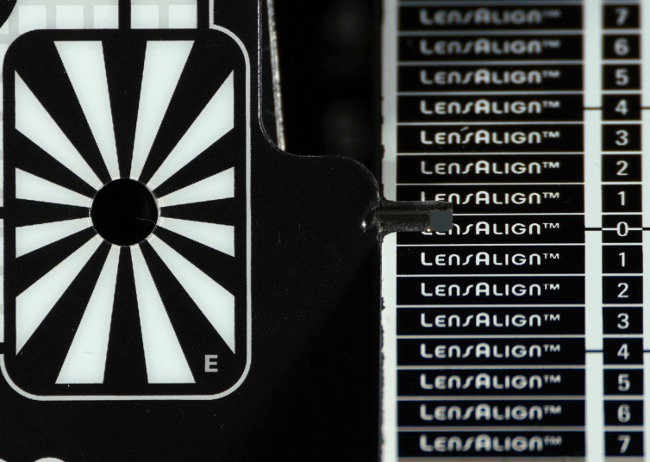Tamron 150-500 mm f/5-6.7 Di III VC VXD
10. Autofocus and focus breathing
Tamron, knowing that the focus throw is quite significant, and in many photographic situations (birds, planes) you don't have to work near the minimum distance, offers you two additional limiters, from 3 meters to infinity, and from 15 meters to infinity. It makes the performance distinctly faster – for example at the maximum focal length running through the range from 3 meters to infinity and confirming the focus takes less than half a second.
When it comes to the accuracy, it is average. I enjoyed more taking photos with the A7R IIIa than attaching the tested lens to the A6400. In case of that last body the performance of the mechanism still remains noiseless and similarly quick but there are problems with the accuracy. I often encounter a situation in which the autofocus missed the proper position, even in good lighting conditions, and didn't want to find it. When it found it already and confirmed the focus it happened sometimes that the position wasn't set in the perfect place anyway.
Please Support UsIf you enjoy our reviews and articles, and you want us to continue our work please, support our website by donating through PayPal. The funds are going to be used for paying our editorial team, renting servers, and equipping our testing studio; only that way we will be able to continue providing you interesting content for free. |
- - - - - - - - - - - - - - - - - - - - - - - - - - - - - - - - - - - - - - - - - - - - - - - -
Still it has to said that this performance doesn't differ much from the one you observe in rival models like the Sony 200-600 mm and the Sigma 150-600 mm. It is also distinctly better than the performance of the Nikkor 180-600 mm.
Photos below show that the tested lens didn't have any distinct problems with front or back focus tendencies.
| A7R IIIa, 300 mm, f/5.6 |
 |
| A7R IIIa, 500 mm, f/6.7 |
 |
Focus breathing
Focus breathing tests show reframing images as you oversharp them. We conduct the test by manually passing from the minimum focusing distance to infinity with the aperture stopped down; then we check how the field of view of the lens changed as a result.A frame change ranging from 0 to 5% we consider to be low. Between 5 and 10% you can speak about medium levels. Usually such values constitute also the maximum efficiency level of any breathing compensation algorithms, present in some bodies. Between 10 and 15% focus breathing is high, above 15% its level can be called very high.
The test video of the Tamron lens is presented below:
In both cases the focal length increases as you pass from the minimum focusing distance; it means that at the shortest distances effectively you deal with a 164-581 mm f/5.5-7.8 lens. The fans of taking photos of small objects from short distances (e.g. birds) might enjoy such a situation but it doesn't change the fact that focus breathing is not especially well corrected here.






